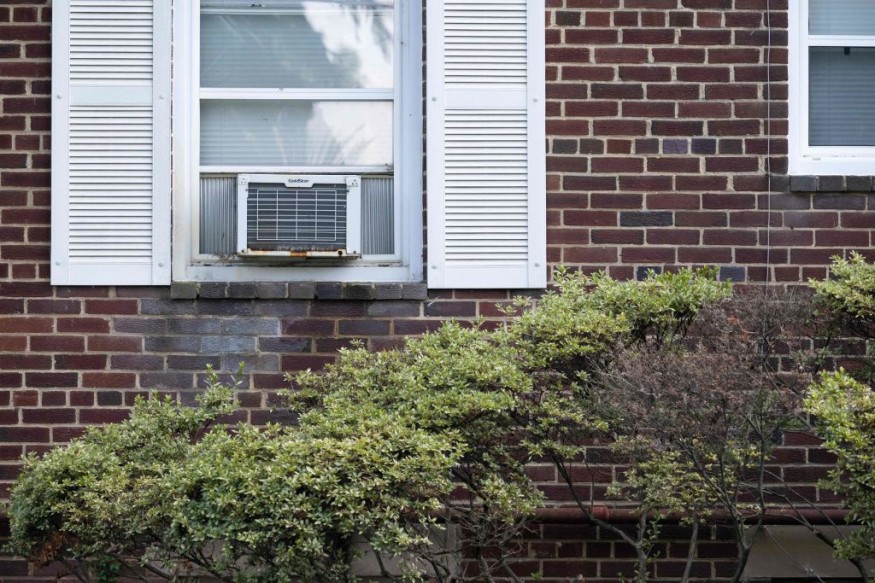US Homes Brace for Higher Air Conditioning Costs

This summer, as temperatures climb, American households are bracing for higher cooling expenses. According to the Energy Information Administration (EIA), residential electricity bills are expected to average $173 per month from June to August, marking a 3% increase from last year. This rise is driven by anticipated higher electricity usage during the hot months.
Across the Southwest, Midwest, and beyond, millions of Americans are enduring an intense heat wave, prompting concerns from environmental and labor groups about the escalating risks of climate change. They are urging the Federal Emergency Management Agency (FEMA) to recognize extreme heat as a major disaster scenario.
On a brighter note for consumers, falling electricity prices nationwide, thanks to decreased natural gas costs, may partially mitigate the impact of larger utility bills.
Electricity Usage and Cost Variations Across U.S. Regions
About 90% of households in the United States use air conditioning, according to data from the EIA. In regions such as the southern states along the Gulf Coast, where summer weather is typically hot and humid, electricity consumption tends to be higher compared to states along the Pacific Coast and in New England. This difference arises because residents in these hotter regions rely more on air conditioning to stay comfortable.
Across various regions, there are expected changes in electricity costs. For instance, residents in California, Oregon, and Washington are forecasted to experience the largest increase in electricity rates, with a 7% rise from last year as predicted by the EIA. Conversely, rates in New England are projected to decrease by 7% during the summer months.
In terms of actual costs, customers in New York, Pennsylvania, and Washington, D.C. could see their monthly bills increase by about $14 due to higher electricity usage and increased prices. In contrast, households in the Pacific region might face an average increase of $11 per month, while those in New England could potentially see their electricity bills decrease by $2 per month.
Some groups warn that the costs of staying cool could hit families harder this summer, potentially increasing by up to 8% from June to September, as reported by the National Energy Assistance Directors Association (NEADA) and the Center for Energy Poverty, and Climate (CEPC).
Challenges and Advocacy for Cooling Access in Low-Income Communities
For low-income families, enduring prolonged periods of intense heat poses a significant challenge, especially since 20% of these households do not have air conditioning, according to the organizations. Even among those with AC units, some families opt not to use them due to concerns over high electricity bills. With heat waves lasting longer than before, finding viable alternatives to beat the heat is becoming increasingly difficult.
The prolonged and increasingly frequent heat waves across the country exacerbate these challenges, making it even more difficult for families to find affordable ways to cool their homes during extended periods of intense heat. As a result, there is a growing call from advocacy groups and community organizations for targeted support and resources to assist low-income households in managing cooling costs. Initiatives such as energy efficiency programs, financial assistance for utility bills, and policy reforms aimed at ensuring equitable access to cooling are crucial steps toward alleviating the economic burden on vulnerable populations.
Addressing these issues requires a comprehensive approach that considers the unique challenges faced by low-income households during extreme weather events. By prioritizing affordability and accessibility in cooling solutions, policymakers and community leaders can help mitigate the economic strain and ensure that all families can stay safe and comfortable during the hottest months of the year.
Related article: Dow Swings Wildly, Closing Sharply Lower in Sudden Turnaround
The content provided on MoneyTimes.com is for informational purposes only and is not intended as financial advice. Please consult with a professional financial advisor before making any investment decisions.
© 2025 MoneyTimes.com All rights reserved. Do not reproduce without permission.











